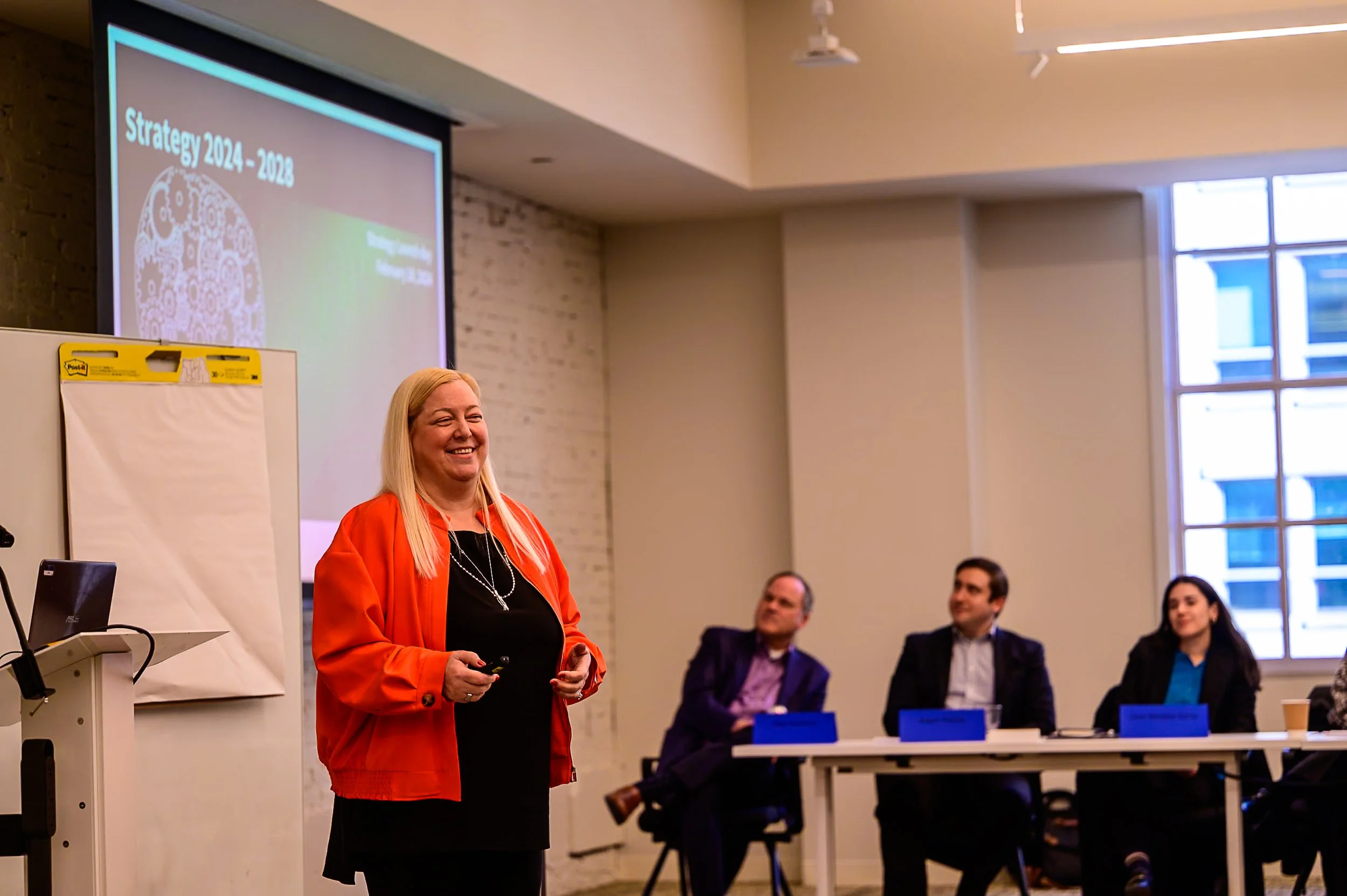
#GovDoesSocialMedia
Social media accounts for more than 20 percent of time spent on the Internet according to studies conducted in 2014. Among people age 65 and older – who are not generally considered prime users of technology – one in four reported being active on some form of social media website.
It comes as no surprise then that social media platforms have become increasingly popular with Government agencies as a means of fulfilling the Obama Administration’s Open Government Initiative to increase transparency, participation, and collaboration. This past June, the Central Intelligence Agency (CIA) became the latest agency to announce the launch of official Twitter and Facebook accounts. People now expect these Federal agencies to have an online presence on platforms such as Twitter, Facebook, YouTube, and Instagram.
The Government is not just using social media to share information. Many agencies leverage social media channels to establish a real-time, two-way conversation with the public. In the aftermath of Hurricane Sandy – Morris County, New Jersey used social media to disseminate information and respond to citizens’ questions when phone services were down.
The Federal Emergency Management Agency (FEMA) stands out as one of the agencies that launched a successful social media strategy to further the agency’s mission. With three Facebook pages, 34 Twitter accounts (including a Spanish language account), a YouTube channel, and an Instagram account, FEMA actively engages the public to gain access to citizens’ views and expertise. Many of FEMA’s campaigns, such as the National Preparedness Month (NPM) Campaign, use crowdsourcing to engage the public in promoting events and preparedness tips. The Disaster Reporter feature of the FEMA mobile app is an example of how the agency is always looking for ways to use social media to engage in conversations with communities impacted by disasters. This feature allows users to submit disaster-related images and descriptions to be publicly hosted on the FEMA website.
The Government has only just begun tapping social media as a useful resource. New technologies make the possibilities endless. More and more agencies are creating Digital Engagement teams to focus on their social media strategy. This will result in a dramatic set of innovations that change the conversation between the Government and the public in the future.





















